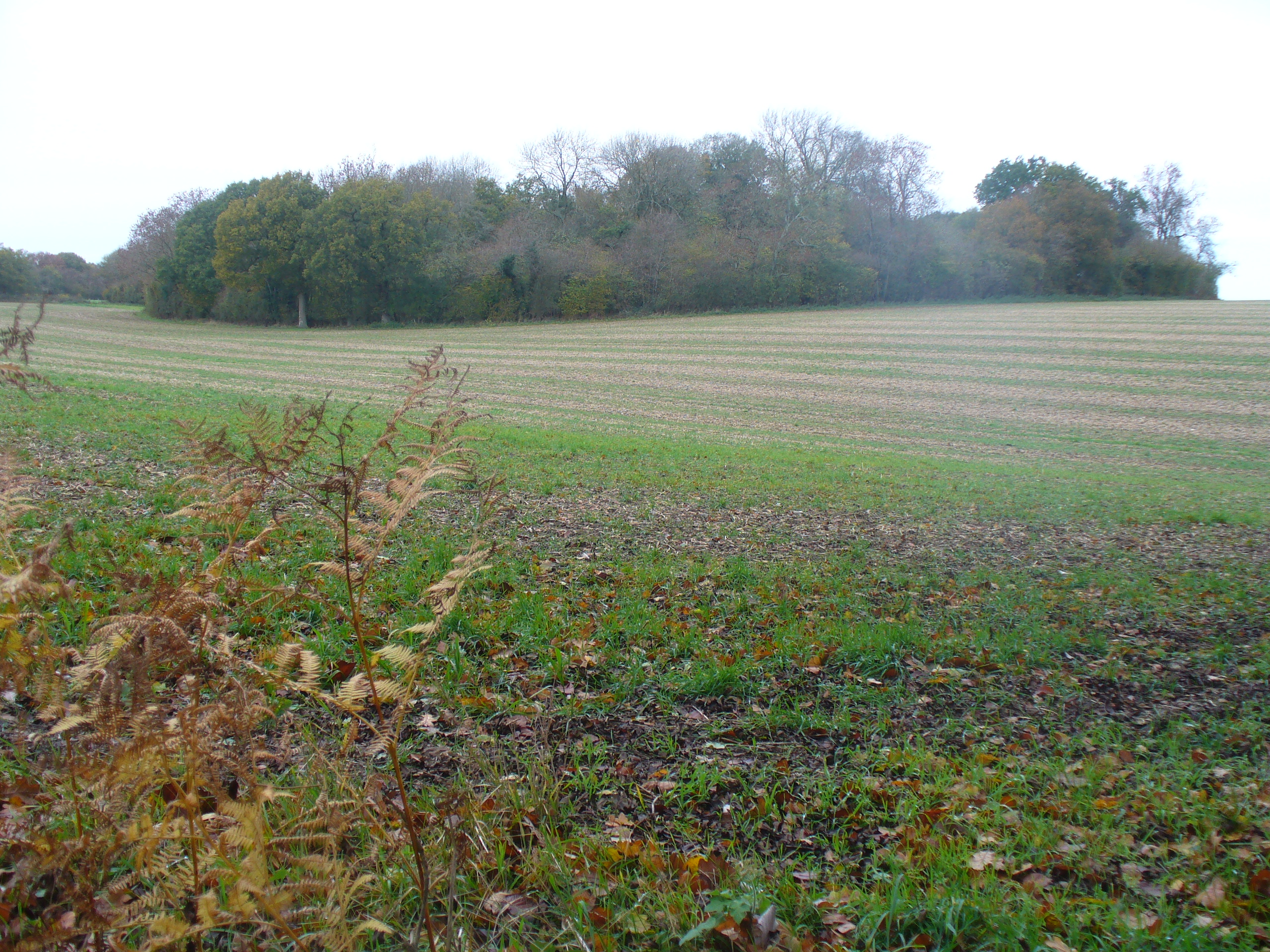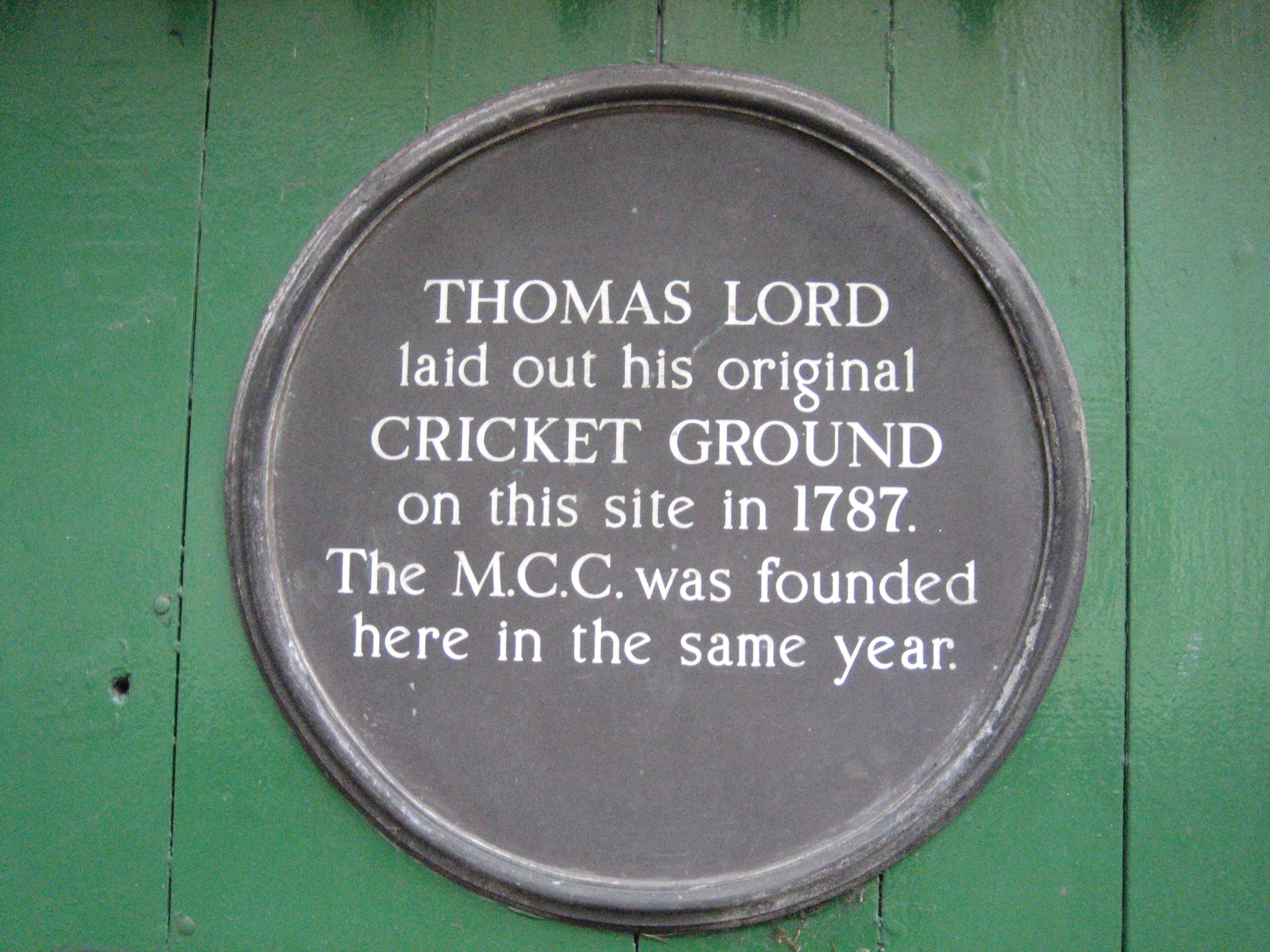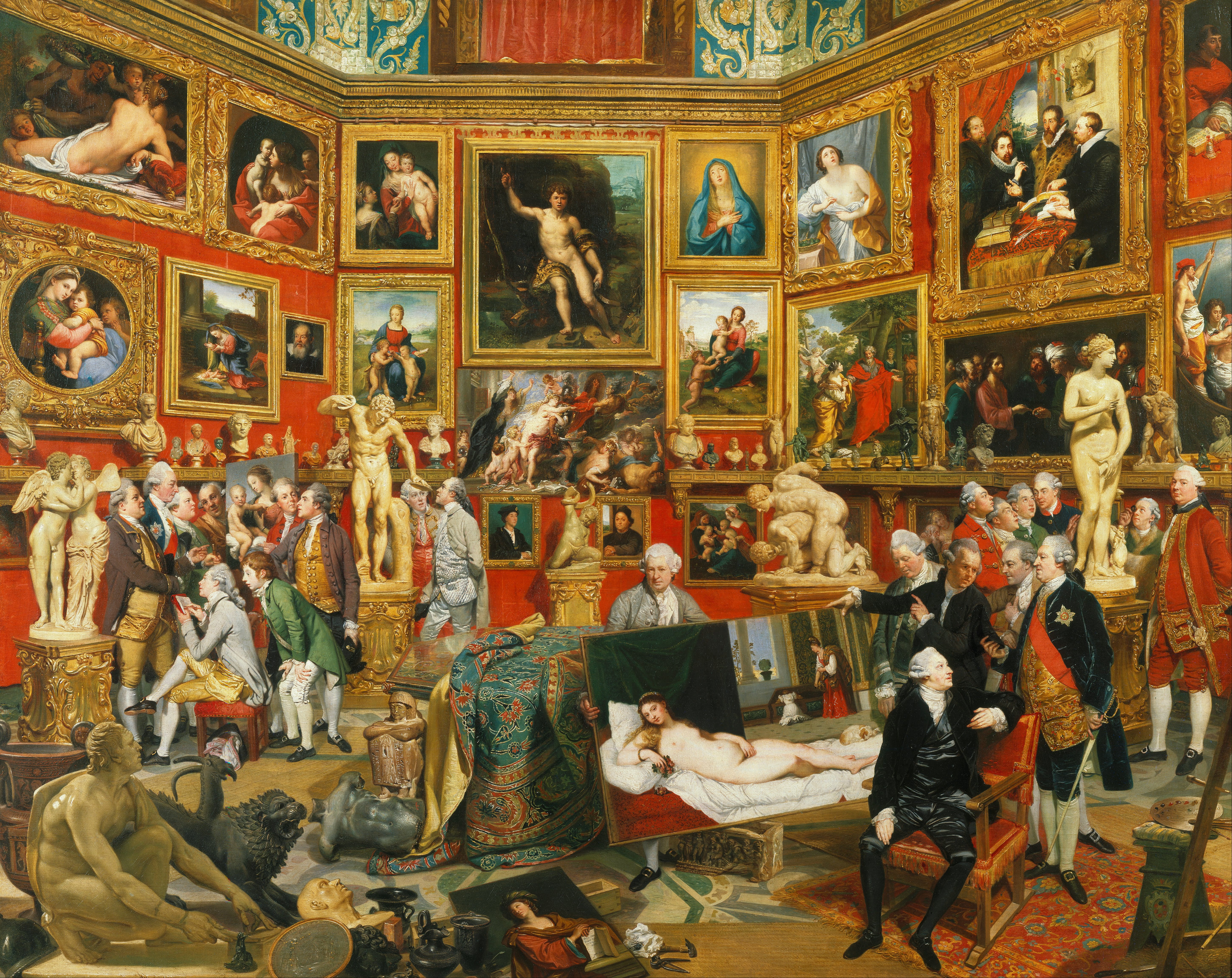|
David Harris (English Cricketer)
David Harris (1755 – 19 May 1803) was an English cricketer who played first-class cricket from 1782 to 1798. He made 78 known first-class appearances and was mainly associated with Hampshire when its teams were organised by the Hambledon Club. As well as playing for Hampshire, Harris appeared for a number of other teams including Berkshire, Kent, Surrey, Marylebone Cricket Club and several invitation XIs. Noted for his fast and accurate bowling, Harris was a right arm fast underarm bowler and a left-handed batsman. Career Born in 1755 at Elvetham, Hampshire, the earliest known mentions of Harris are playing for Odiham in 1782. Harris' first recorded game for Hampshire was against Kent in July 1782.Haygarth, p. 51. Although he was never noted as a batsman, Harris made the top score of 27 in Hampshire's first innings, in which they were dismissed for 87. Harris played three times for Hampshire in the 1783 season, twice against Kent and once against All-England. He took nine ... [...More Info...] [...Related Items...] OR: [Wikipedia] [Google] [Baidu] |
Elvetham
Hartley Wintney is a large village and civil parish in the Hart district of Hampshire, England. It lies about northwest of Fleet and east of Basingstoke. The parish includes the smaller contiguous village of Phoenix Green as well as the hamlets of Dipley, Elvetham, Hartfordbridge, and West Green. The 2011 census recorded the parish's population as 4,999. Character The parish includes large wooded areas such as Yateley Heath Wood and part of Hazeley Heath. The River Hart flows through the parish northeast of the town. The River Whitewater forms the western parish boundary. The southern boundary now follows the M3 motorway. The town has a typical wide Hampshire main street, lined with local businesses, shops, an osteopath, public houses and a Baptist church. The town has also a Methodist church. The Roman Catholic church of St Thomas More was built in the 1960s. In 2016 a fire destroyed its roof. The town is known for its numerous antique shops. At the southern end ... [...More Info...] [...Related Items...] OR: [Wikipedia] [Google] [Baidu] |
White Conduit Club
The White Conduit Club (WCC) was a cricket club based on the northern fringes of London that existed from c.1782 until 1788. Although short-lived, it had considerable significance in the history of the game, as its members created the first Lord's venue and reorganised themselves as the new Marylebone Cricket Club (MCC). The WCC took its name from White Conduit Fields in Islington, where it was based until 1787. It was essentially a gentlemen's club for those with amateur status but it employed professional cricketers who provided coaching for the members and sometimes played in the club's matches; one of these was the bowler Thomas Lord, after whom Lord's is named. The most significant members were Charles Lennox, 4th Duke of Richmond and George Finch, 9th Earl of Winchilsea who employed Lord to find a new, private venue for the club after complaints that White Conduit Fields was too open to the public. Famous players who represented WCC include the professionals John Small, ... [...More Info...] [...Related Items...] OR: [Wikipedia] [Google] [Baidu] |
Crondall
Crondall () is a village and large civil parish in the north east of Hampshire in England, in the Crondall Hundred (division), Hundred surveyed in the Domesday Book of 1086. The village is on the gentle slopes of the low western end of the North Downs range, and has the remains of a Roman villa. Despite the English Reformation, Winchester Cathedral (or its Dean and Chapter) held the chief Manorialism, manors representing much of its land from 975 until 1861. A large collection of Anglo-Saxon and Merovingian coins found in the parish has become known as the Crondall Hoard. Toponymy Various earlier spellings have the English orthography#History, intuitive, post-Norman spelling of "u" instead of "o" and the village is still pronounced as it has been for centuries by rooted residents or by those who correctly abstract the sound from 'front': in the 10th century 'Crundelas' was recorded; throughout the 14th century it was 'Crundale'. An Old English crundel was a chalk pit, chalk-pit or ... [...More Info...] [...Related Items...] OR: [Wikipedia] [Google] [Baidu] |
Pottery
Pottery is the process and the products of forming vessels and other objects with clay and other ceramic materials, which are fired at high temperatures to give them a hard and durable form. Major types include earthenware, stoneware and porcelain. The place where such wares are made by a ''potter'' is also called a ''pottery'' (plural "potteries"). The definition of ''pottery'', used by the ASTM International, is "all fired ceramic wares that contain clay when formed, except technical, structural, and refractory products". In art history and archaeology, especially of ancient and prehistoric periods, "pottery" often means vessels only, and sculpted figurines of the same material are called "terracottas". Pottery is one of the oldest human inventions, originating before the Neolithic period, with ceramic objects like the Gravettian culture Venus of Dolní Věstonice figurine discovered in the Czech Republic dating back to 29,000–25,000 BC, and pottery vessels that were ... [...More Info...] [...Related Items...] OR: [Wikipedia] [Google] [Baidu] |
Harry Walker (cricketer)
Harry Walker (1760 – July 1805) was a noted English cricketer who played mainly for Surrey sides. He was a left-handed batsman who played first-class cricket from 1786 until 1802, making 101 appearances in first-class matches.Harry Walker CricketArchive. Retrieved 2019-11-07. CricInfo. Retrieved 2019-11-07. Walker was the elder brother of the great batsman Tom Walker. He was born at Churt, near |
Thomas Boxall
Thomas Boxall (dates unknown) was a noted English cricketer who played during the late 18th century. He is considered to have been "one of the finest professional cricketers" of his day. Boxall was a noted bowler and is believed to be the first player to have bowled leg breaks. Rajan A (2011) ''Twirlymen: The Unlikely History of Cricket's Greatest Spin Bowlers'', p. 24. London: Yellow Jersey Press. Bowling underarm, he took more than 300 wickets in 89 first-class matches, playing between 1789 and 1803.Thomas Boxall CricketArchive. Retrieved 2022-06-29. As a professional he played for a wide variety of sides, most frequently appearing for England sides and for Kent county cricket team ...
[...More Info...] [...Related Items...] OR: [Wikipedia] [Google] [Baidu] |
John Nyren
John Nyren (15 December 1764 – 30 June 1837) was an English cricketer and author. Nyren made 16 known appearances in first-class cricket from 1787 to 1817. He achieved lasting fame as the author of '' The Cricketers of My Time'', which was first published in 1832 as a serial in a periodical called ''The Town'' and was then included in ''The Young Cricketer's Tutor'', published in 1833 by Effingham Wilson of London. Nyren's collaborator in the work was Charles Cowden Clarke. Family and background Nyren was the son of Richard Nyren, the captain of the Hambledon Club in its "glory days". He was brought up in the Bat and Ball Inn, where his father was the landlord, immediately opposite Broadhalfpenny Down, about a mile from Hambledon village where he was born.Mote, pp. 140–142. Cricket career Nyren, who was a left-handed batsman and left-handed fieldsman, played for the Hambledon Club from 1778 until 1791.E. V. Lucas, "John Nyren", in ''Cricket All His Life'', Rupert Hart-Da ... [...More Info...] [...Related Items...] OR: [Wikipedia] [Google] [Baidu] |
Frederic Reynolds
Frederic Reynolds (1 November 1764 – 16 April 1841) was an English dramatist. During his literary career he composed nearly one hundred tragedies and comedies, many of which were printed, and about twenty of them obtained temporary popularity. Reynolds' plays were slight, and are described as having been "aimed at the modes and follies of the moment". He is still occasionally remembered for his caricature of Samuel Ireland as Sir Bamber Blackletter in '' Fortune's Fool'', and for his adaptations of some of Shakespeare's comedies. Early life Born in Lime Street, London, Frederic Reynolds was the grandson of an opulent merchant at Trowbridge in Wiltshire, and the son of a whig attorney who acted for Chatham, Wilkes, and many other prominent politicians. His mother was the daughter of a rich city merchant named West. For many years his father's business was very prosperous, but about 1787 he was involved in financial difficulties. When Reynolds was about six years old he was ... [...More Info...] [...Related Items...] OR: [Wikipedia] [Google] [Baidu] |
Gout
Gout ( ) is a form of inflammatory arthritis characterized by recurrent attacks of a red, tender, hot and swollen joint, caused by deposition of monosodium urate monohydrate crystals. Pain typically comes on rapidly, reaching maximal intensity in less than 12 hours. The joint at the base of the big toe is affected in about half of cases. It may also result in tophi, kidney stones, or kidney damage. Gout is due to persistently elevated levels of uric acid in the blood. This occurs from a combination of diet, other health problems, and genetic factors. At high levels, uric acid crystallizes and the crystals deposit in joints, tendons, and surrounding tissues, resulting in an attack of gout. Gout occurs more commonly in those who: regularly drink beer or sugar-sweetened beverages; eat foods that are high in purines such as liver, shellfish, or anchovies; or are overweight. Diagnosis of gout may be confirmed by the presence of crystals in the joint fluid or in a deposit outsid ... [...More Info...] [...Related Items...] OR: [Wikipedia] [Google] [Baidu] |
Lord's Old Ground
Lord's Old Ground was a cricket venue in London that was established by Thomas Lord in 1787. It was used mainly by Marylebone Cricket Club for major matches until 1810, after which a dispute about rent caused Lord to relocate. Matches The first match known to have been played at Lord's Old Ground was White Conduit Club v Middlessex on Monday 21 May 1787.Arthur Haygarth, ''Scores & Biographies'', Volume 1 (1744-1826), Lillywhite, 1862 The first regular cricket fixture at Lord's which continues today was the annual Eton v Harrow match which was first played on the Old Ground in 1805. The inaugural Gentlemen v Players match took place at the Old Ground in July 1806. Location Lord's Old Ground was on the site of what is now Dorset Square. Lord relocated in 1811 to Lord's Middle Ground, a site at Lisson Grove in the vicinity of Regent's Park but he lost that venue after only three years because the land was requisitioned for a canal cutting. In 1814, he opened the present Lord's ... [...More Info...] [...Related Items...] OR: [Wikipedia] [Google] [Baidu] |
George Finch, 9th Earl Of Winchilsea
George Finch, 9th Earl of Winchilsea (4 November 1752 – 2 August 1826), was an important figure in the history of cricket. His main contributions to the game were patronage and organisation but Winchilsea, an amateur, was also a very keen player. Finch served with the 87th Foot at the time of the American Revolutionary War from its formation in 1779 to its disbanding in 1783, with the temporary ranks of major and lieutenant-colonel. Finch was the first president of the Royal Institution, and it was through his influence that it received the endorsement of King George III. Early life Finch was the son of William Finch, who was in turn the second son, by his second marriage, of Daniel Finch, 2nd Earl of Nottingham (1647–1730), and Charlotte Fermor, daughter of Thomas Fermor, 1st Earl of Pomfret. His sister was Sophia Finch. His father died in 1766 and he inherited the Winchilsea title in 1769 from his childless uncle, Daniel Finch, 8th Earl of Winchilsea and 3rd Earl of ... [...More Info...] [...Related Items...] OR: [Wikipedia] [Google] [Baidu] |
Sir Horatio Mann
Sir Horatio (Horace) Mann, 2nd Baronet (2 February 1744 – 2 April 1814) was a British politician who sat in the House of Commons between 1774 and 1807. He is remembered as a member of the Hambledon Club in Hampshire and a patron of Kent cricket. He was an occasional player but rarely in first-class matches. Early life Mann was the only surviving son of Galfridus Mann, an army clothier, of Boughton Place in Boughton Malherbe, Kent and his wife Sarah Gregory, daughter of John Gregory of London. He was educated at Charterhouse School and entered Peterhouse, Cambridge in 1760. His father died on 21 December 1756 and he succeeded to his estates at Boughton and Linton. He also inherited over £100,000 from his father. Mann married Lady Lucy Noel, daughter of Baptist Noel, 4th Earl of Gainsborough, on 13 April 1765. Cricket Mann had a number of influential friends including John Frederick Sackville, 3rd Duke of Dorset, with whom he shared a keen cricketing rivalry. He owned Bought ... [...More Info...] [...Related Items...] OR: [Wikipedia] [Google] [Baidu] |






